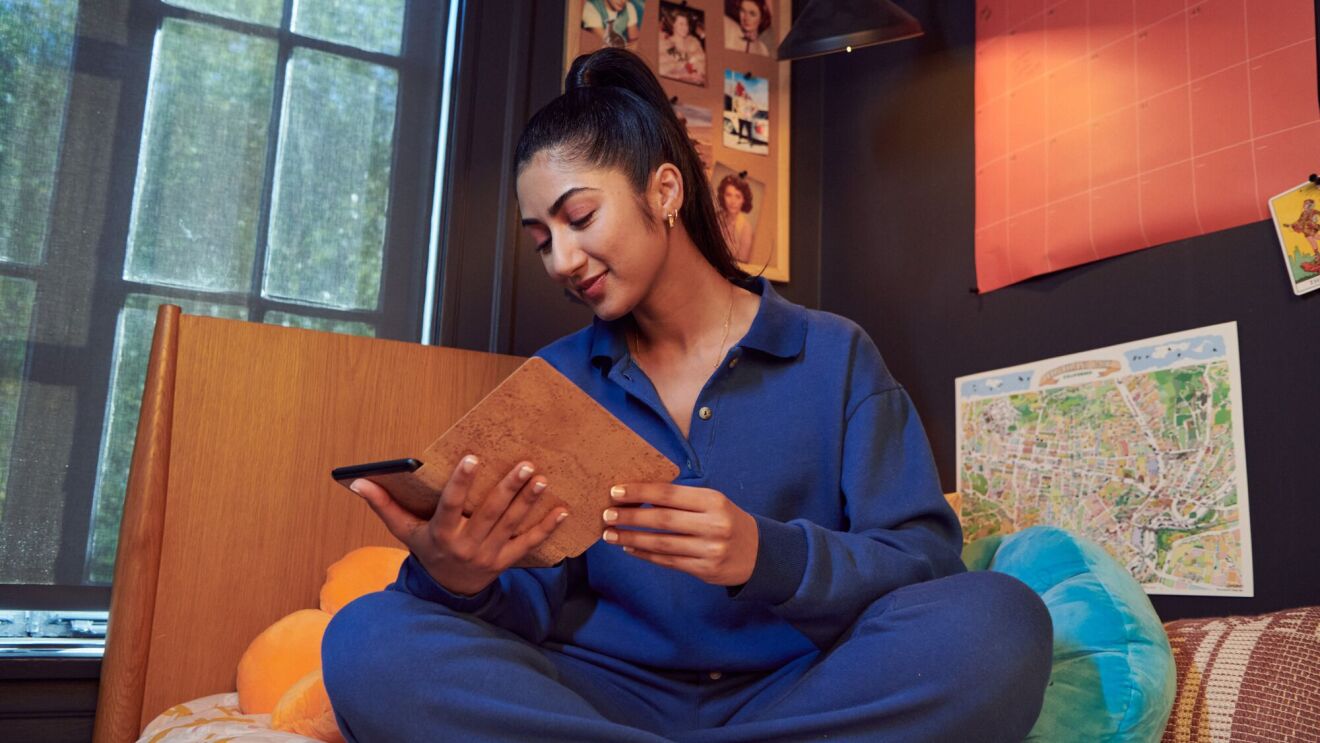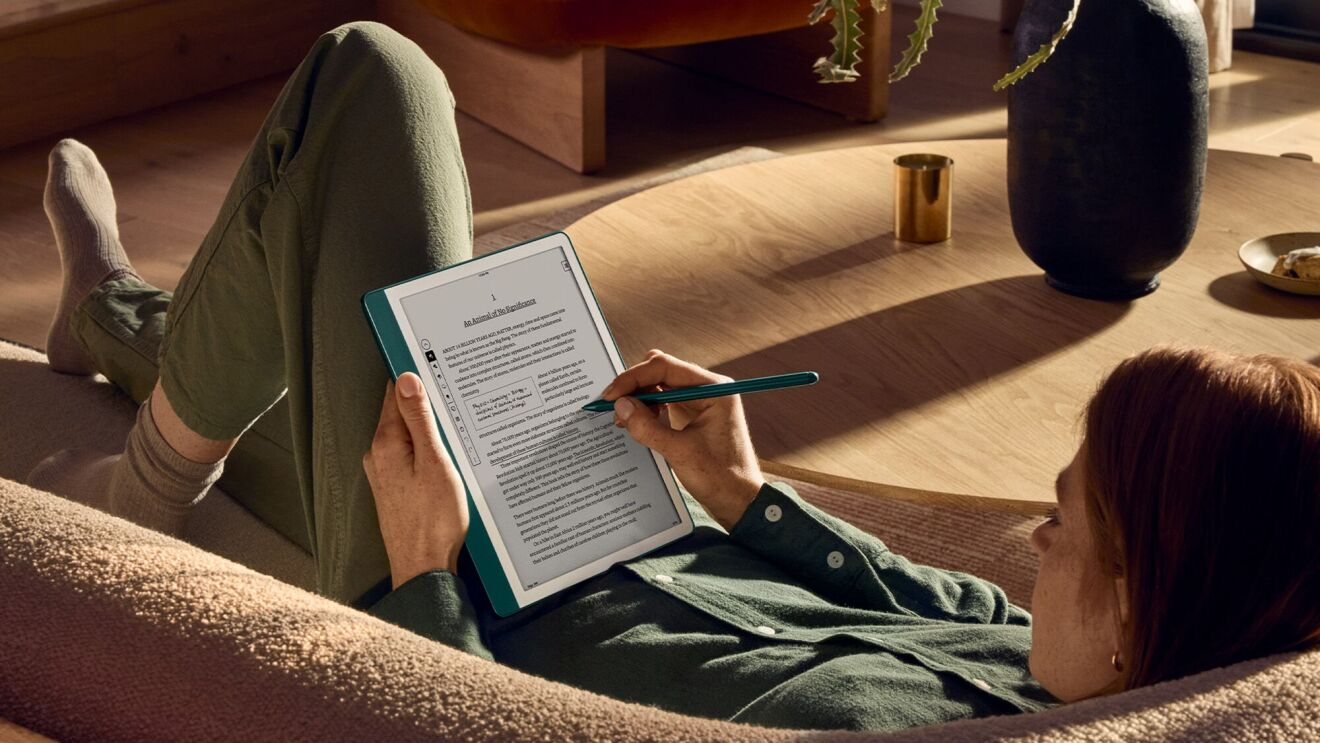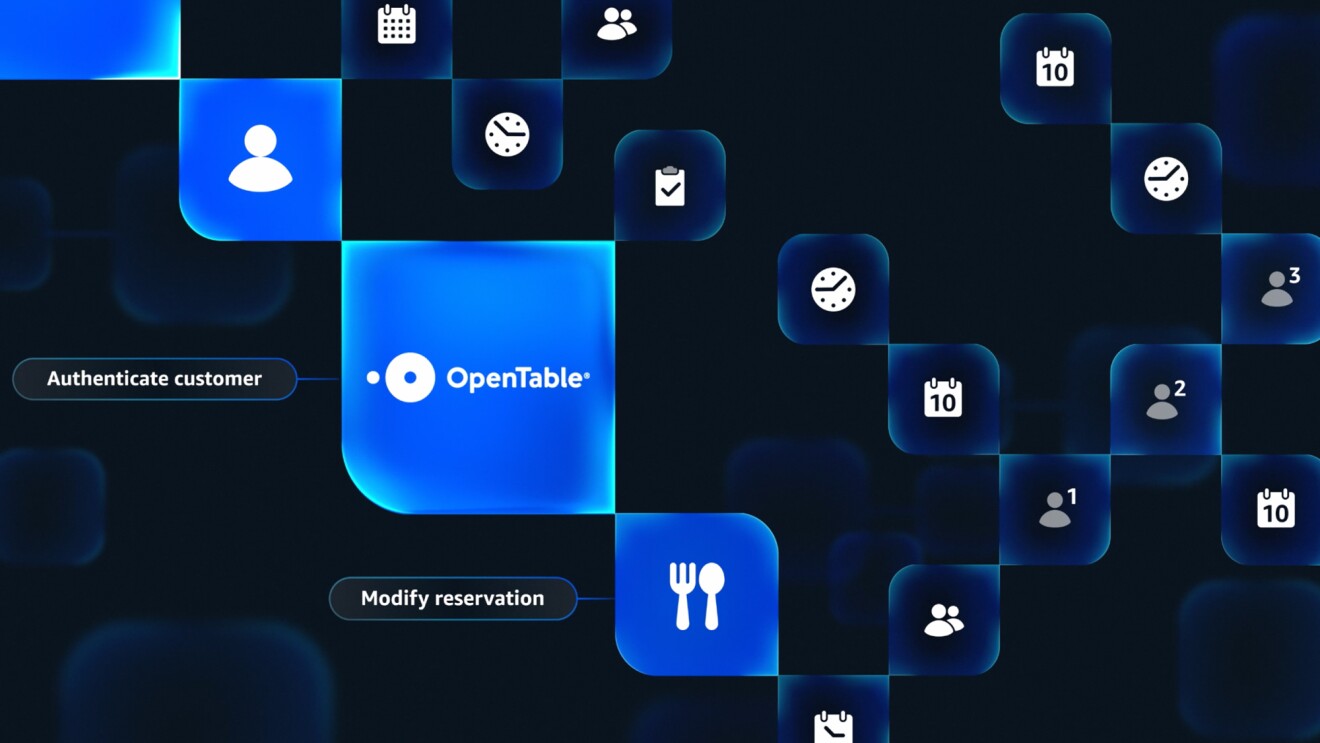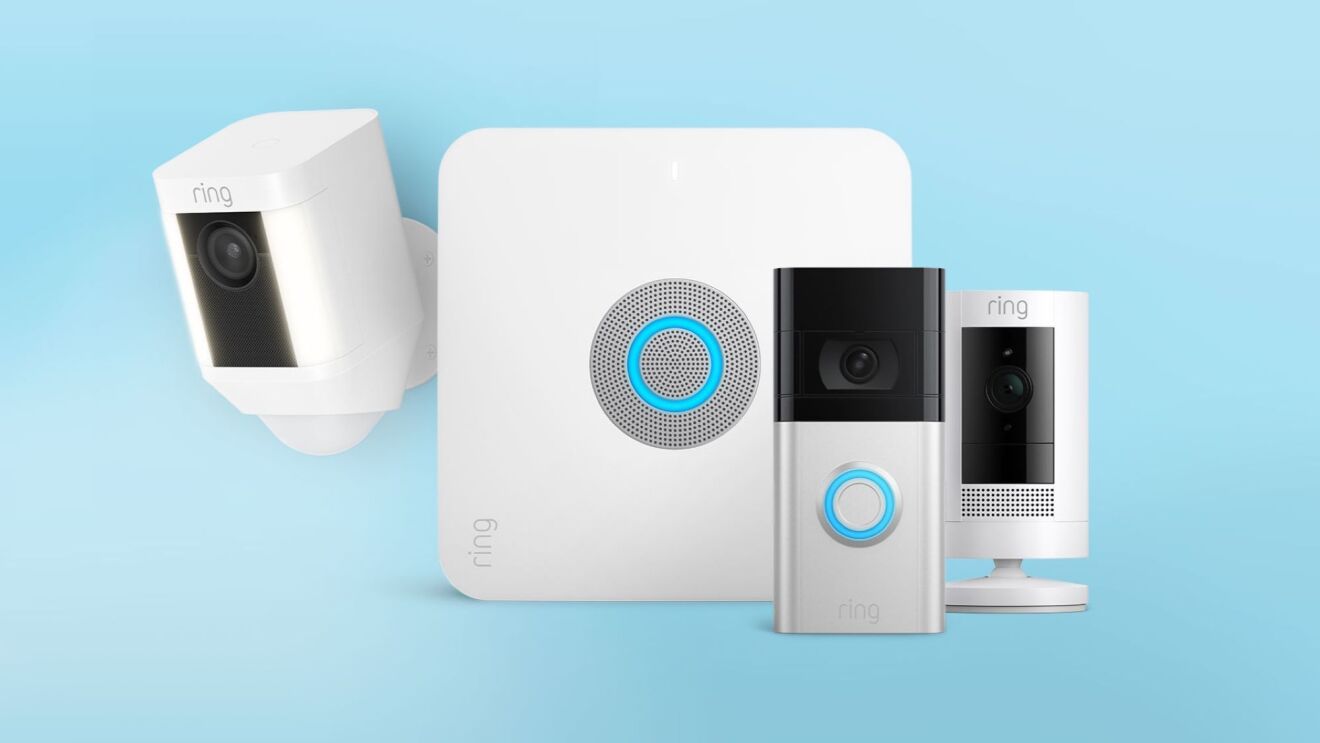As we wrap up Amazon’s Global Accessibility Awareness Month—our annual internal accessibility event series focused on digital access and inclusion—we’re highlighting some of the many individuals who are passionate about accessibility, intentionally building for everyone, and inspiring others to do the same.
Dr. Tiffany Bowden, allyship program manager, Engineering Excellence
Ohio, United States
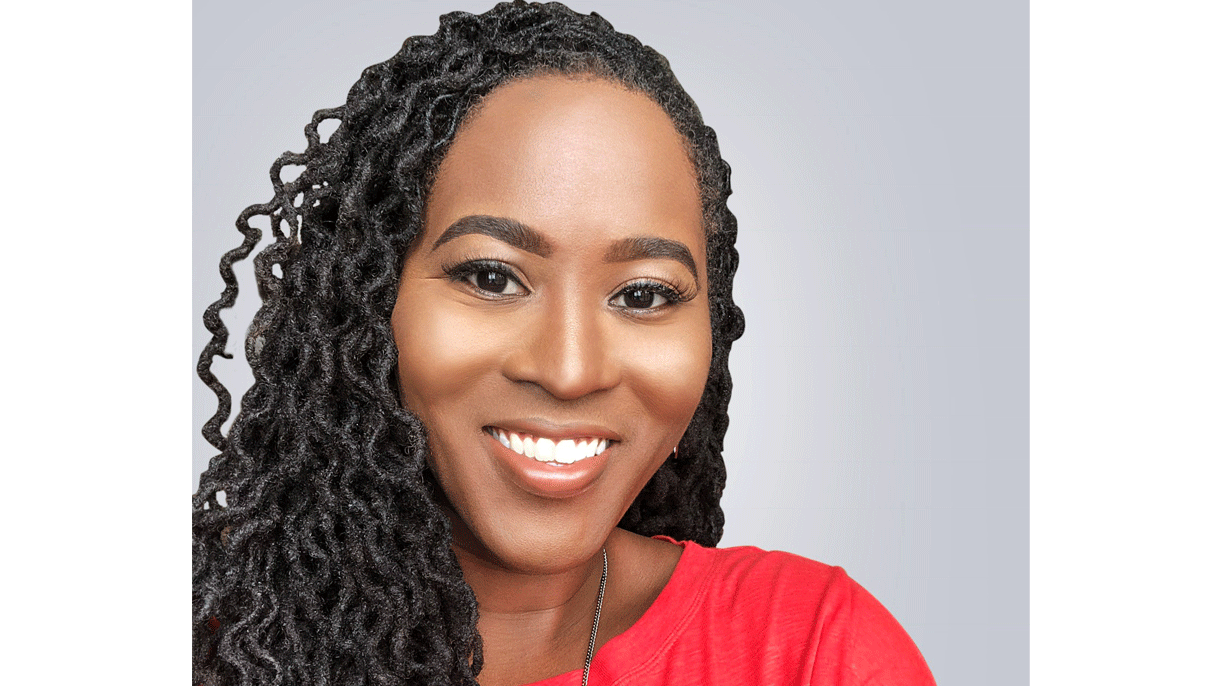
While we often talk about accessibility through the lens of disability, accessibility is broader than that. It can be about disability, but it can also be about racial, socioeconomic, language, or other identity factors. The question is simple: Can everyone access a product or service who needs to access it? If not, then it’s not accessible.
I teach a workshop where I talk about three different types of allies: An ally for self-interest, an ally for altruism, and an ally for social justice. I highlight how everyone goes through a journey in allyship. We tend to think of all allies as allies for social justice, but that’s actually not true. We are all at different spaces in that journey. Most of us start out as an ally for self-interest, because someone we know or we ourselves are impacted by a particular issue. That was the case for me. I entered the accessibility space because my father had a mobility disability. I first became a champion for him before becoming a champion for others, and then ultimately a champion for society, including myself.
Representation matters. It’s important that I make myself known as a woman of color who also has an invisible disability. It’s important that I show up. Having that additional lens of anti-racism in this space is important. There’s a whole different level of access that’s generally not talked about within accessibility. That’s why I’m here.
Ben Michoux, senior front-end engineer, Amazon Fulfillment Technologies
Toronto, Canada
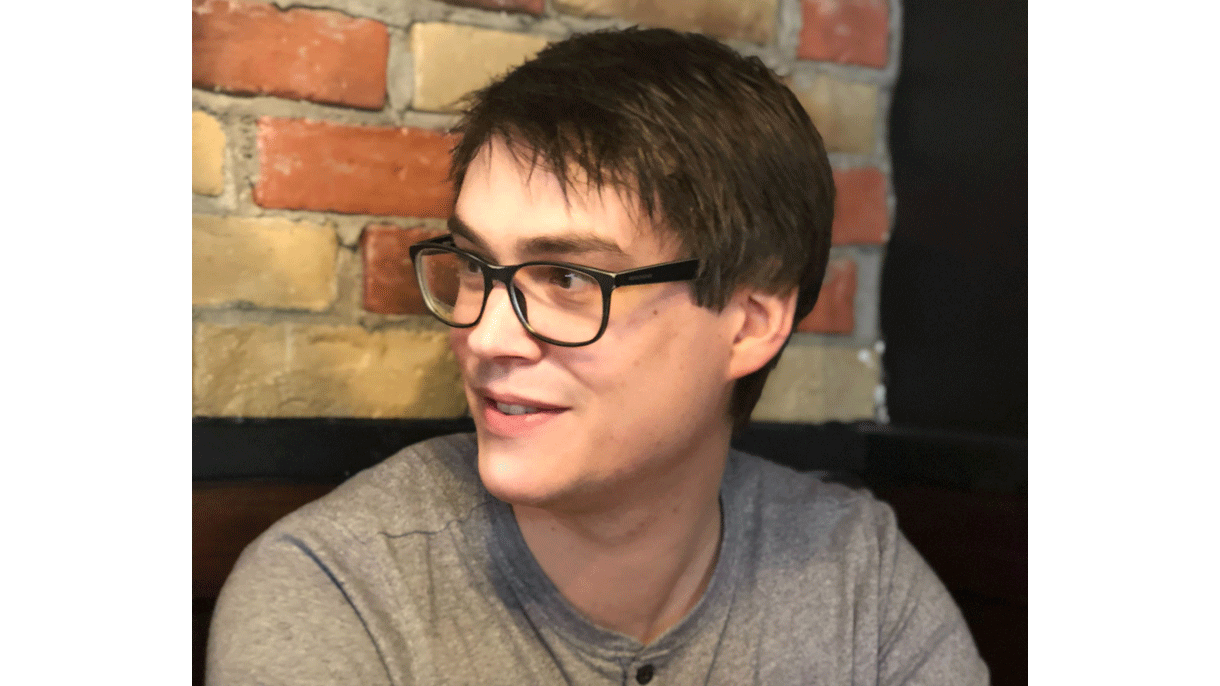
For me, accessibility is a mechanism to ensure we provide equal access to information, tools, and opportunities to everyone, no matter the person’s capabilities. Accessibility is not just about digital accessibility, and it’s not just about what you typically think of as disability. Accessibility is for everyone. You may find yourself in situations where you need high contrast, or you need to zoom in on an object. Accessibility creates better user experiences for all.
I am a design systems expert and throughout my career, I’ve focused on helping create user experiences. As part of that, I’ve helped folks learn how to build things more accessibly. However, I’ve had an interest and passion for this space my entire life. My mom is deaf and when I was a kid, I wanted to be a doctor so I could help support her. I’m definitely not a doctor, but through my work at Amazon, I’m trying to provide accessible experiences for everyone.
It’s incredible to be able to help give people jobs and opportunities to work. Recently, an associate who is blind shared feedback about how they’d been unemployed and looking for a job for years. Now they are employed and can work at Amazon fulfillment centers because of the work we do. That keeps me in this space. It’s how I can help make people’s lives better.
Kasturi Dasgupta, program manager, Seller Support
Hyderabad, India
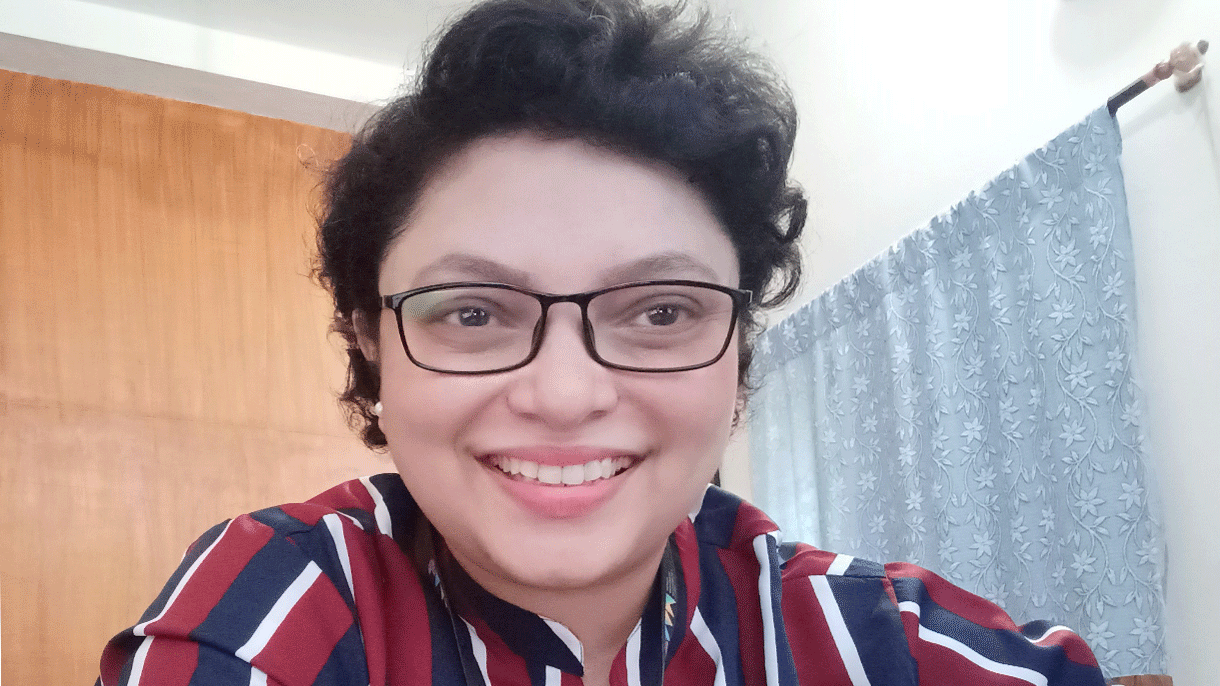
Whatever we do should be equal for all. What I mean by that is in whatever I’m doing, I should be treating everyone with the same respect. Whatever I create, everyone should be able to use or access it in the same way. It doesn’t matter if I’m creating a process, it should be fair for everyone. If I’m creating a video, a communication, a website, or even an app, it should be an equitable one. It doesn’t matter if somebody is using a screen reader or any other assistive technology; they should be able to access and enjoy it in the same way as anyone else.
When I was in college, I was in an accident where I experienced a traumatic brain injury (TBI). Since then, I’ve had complications that will last my entire lifetime. Shortly after the accident, I struggled to speak up. The societal bias that comes with disability continues to be quite heavy. For too long, my default go-to response for my life was, “Everything is fine.” Only three years ago, once I started talking to folks in the Amazon affinity group, Amazon People with Disabilities, did I realize the importance of talking about my disability and the importance of accessibility. When you discuss disability, the first thing people often imagine is someone using a wheelchair, or a hearing aid, or something physically assistive. A huge number of people with disabilities have invisible disabilities like mine. You’d never know I have a TBI, partly because I’ve historically tried to not show it. And just because you don’t know it, that doesn’t mean I, nor many others, don’t need accessible solutions.
We put in a lot of effort to be diverse and inclusive, and we all have good intentions, but how do we make that actionable? How do we make life workable for everyone? How do we translate intent into impact? That is where accessibility comes in, and why I’ve become involved. Your voice matters. Unless you speak up, people won’t be conscious of what needs to be changed. What you share has the potential to impact how others approach their life and the way they act day-to-day.
JoAnna Hunt, head of accessibility, Amazon Books and Retail
Washington, United States
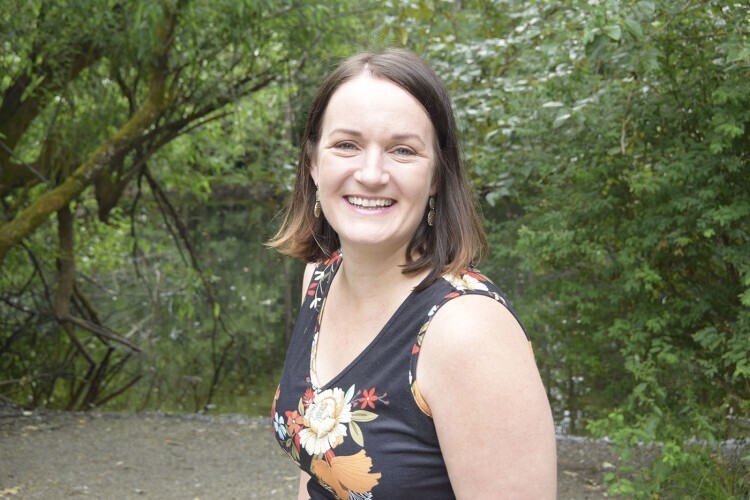
Accessibility is about independence, dignity, and shared delight. We live in a world, both physical and digital, which was not built to be equal or fair. For too long we’ve assumed that the problems people with disabilities face in the world were because of some limitation they had. That’s wrong.
These barriers exist because the people who build the environments build them for the situations and scenarios they know best—ones that look and behave like themselves. As a result, people who never face such barriers take for granted what it takes to be successful in this world. Many of us rarely, if ever, look up from our daily lives to experience things from a different point of view. When companies, designers, engineers, and builders take a moment to look around and intentionally focus on the differences, most will see infinite possibilities to level the playing field for everyone. This is what accessibility does.
Early in my career, I became determined to work with the people most affected by these mistakes. My goal was to change the way things were done, so that builders didn’t continue to make the same mistakes simply out of a lack of awareness, knowledge, and understanding. I’ve been working to advance accessibility ever since.
Learn more about Amazon Accessibility.
Trending news and stories
- What is Amazon Pet Day? 48 hours of dedicated pet deals May 13-14
- Amazon will share its Q1 2025 earnings on May 1
- The Amazon Book Sale is back April 23-28 with thousands of deals across books, select devices, and memberships
- Amazon CEO Andy Jassy shares how AI will reinvent ‘virtually every customer experience we know’




